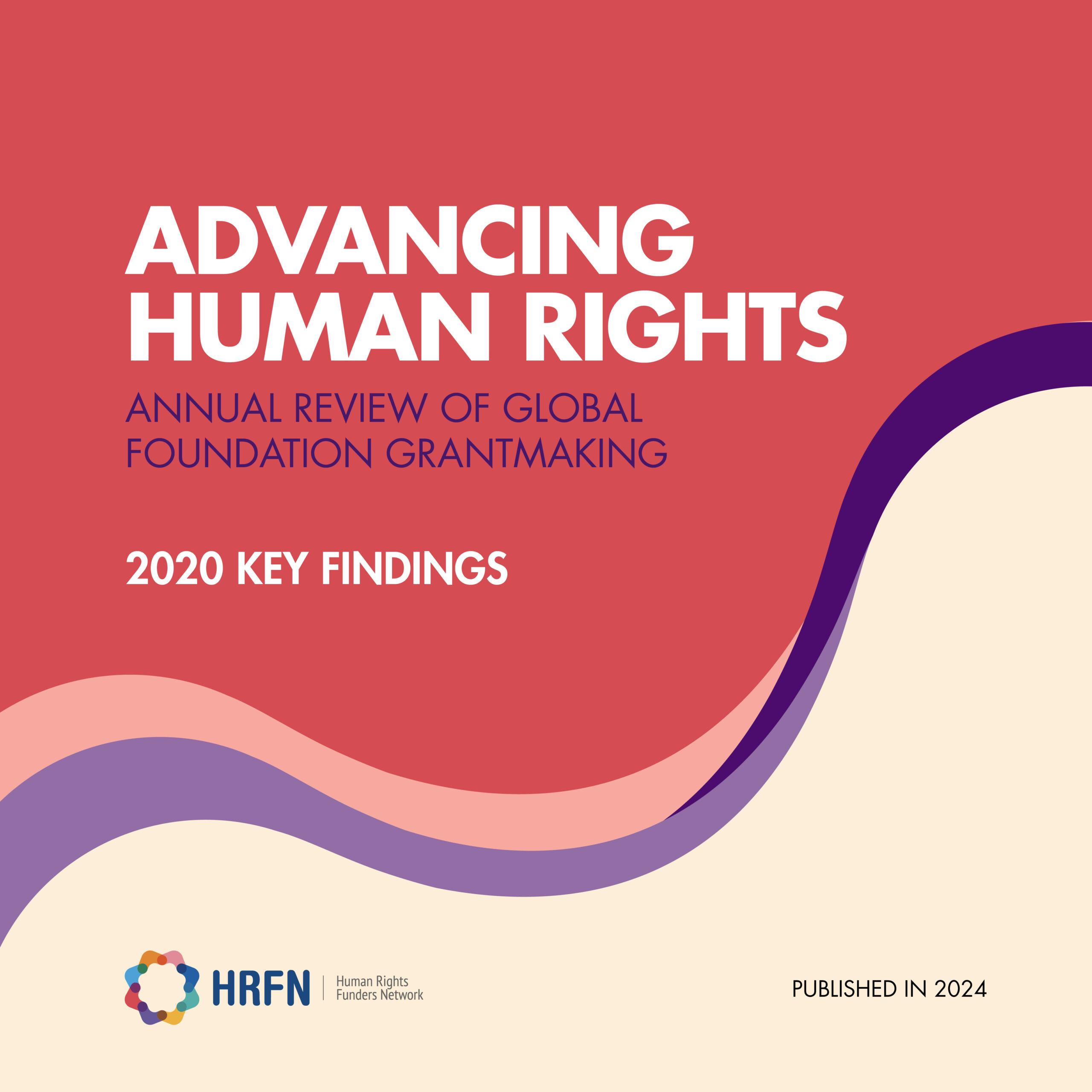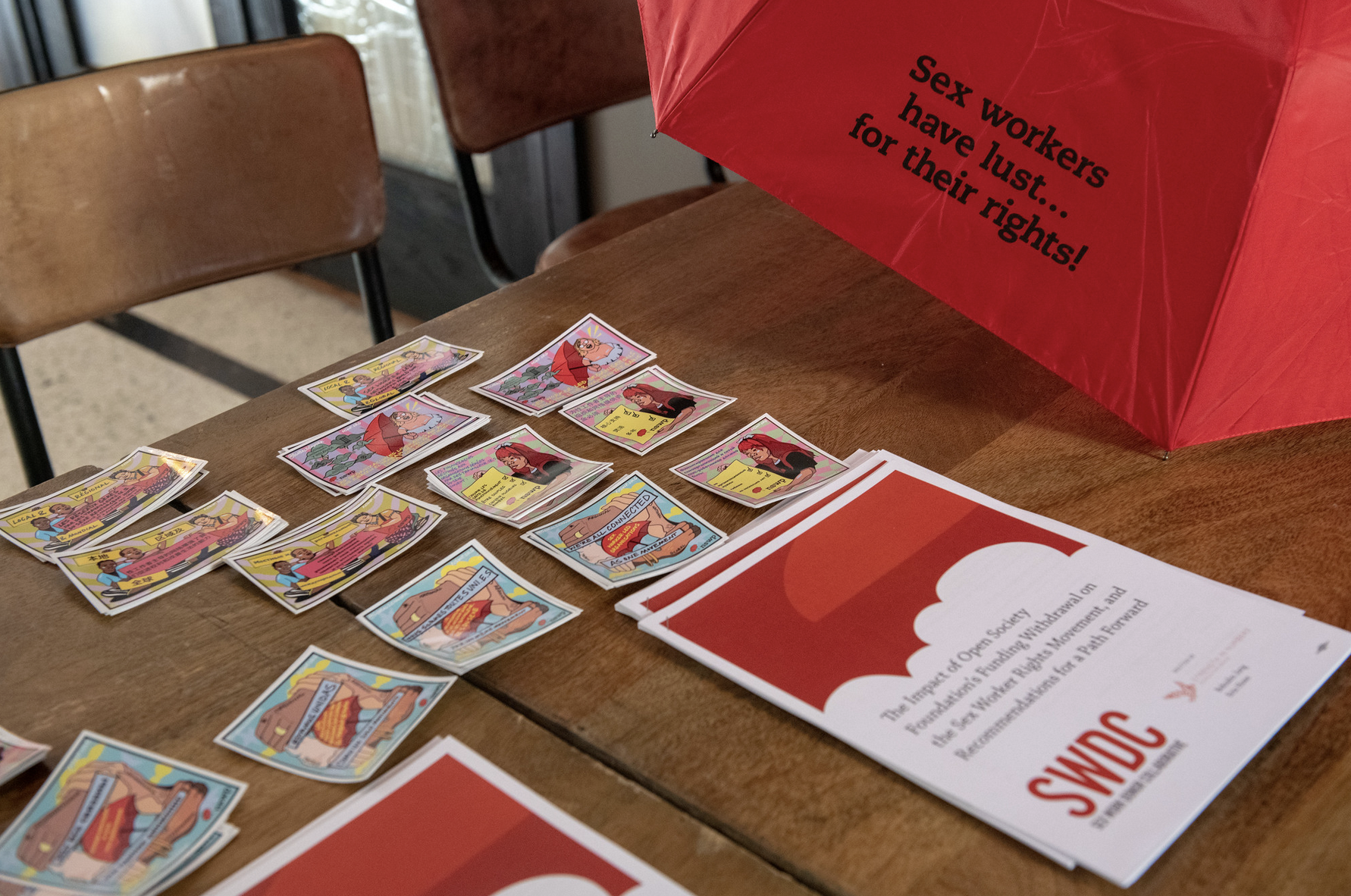How Global South funds are evolving the field of international philanthropy
By Maria Amália Souza, HRFN Steering Committee Co-Chair and Co-Founder at CASA Socio-Environmental Fund
With HRFN’s conference in Mexico just a month away, I want to share why I am so excited for the upcoming convening! It is the first time HRFN is holding a conference outside the United States, and it’s symbolic that members chose to cross the border to a land of amazing cultures and history. Although Mexico geographically sits in North America, socio-politically it is considered a part of the “Global South.” It will be wonderful to learn directly from Mexicans themselves about their challenges and creative solutions at this new promising time in their history.
Mexico, like many of our “Global South” countries, has a growing philanthropic field. I have been attending international philanthropic conferences for years, and though funds coming from the Global South have existed for a long time, it has struck me recently how much we have grown in numbers. So much so, that I believe we are witnessing the most recent phenomenon in the field of international philanthropy.
Local funding is not a new topic of conversation, but I, having co-founded and run one such fund myself, still don’t feel we have explored its full diversity in the depth it deserves. As we saw in last year’s annual report “In 2017, HRFN welcomed 342 new individual members from 26 countries across the world. Our membership is now over 1,550 grantmakers across 68 countries,” which makes it by far the largest and most globally representative funder affinity network of its kind. Have we ever asked ourselves what has attracted so many funders from all corners of the globe to be part of this network? What are they searching for? What are they hoping to contribute? Why are they reaching out in such expressive numbers? What features of this growing field of Global South originated funds can help us move the field forward? How does this phenomenon reposition the global philanthropic field?
Moving beyond the concept of “intermediary”
The term “intermediary” is frequently used to describe public foundations that— in solidarity with social movements—have set out to raise awareness and resources to support great causes, local and global. The funds and foundations created by leaders from the Global South do not seem to feel this term captures their missions. Some would instead define themselves as “self-financing arms” of their own movements and communities. They feel their role is more of a bridge that enables part of their society to benefit from philanthropic support they would otherwise not access.
Remembering this is a nascent field in Global South countries, there is still much to be built. The shared motivation seems to be a sense of serving a layer (or layers) of very important actors in their own societies that are too invisible for national or international philanthropy to reach. These communities are too small, too remote, or too unprepared to access any donors. Yet, they are crucial in the building of true democratic societies. But most have no idea philanthropic funds exist. They don’t have organizations or bank accounts. Some come together to try to improve their livelihoods in remote and abandoned places or to organize to confront unsurmountable threats to their territories and ways of life, increasingly with tragic outcomes. Local funds have devised special procedures these groups can handle, in accessible language, to help them learn about these new possibilities. Each place and culture asks for tailored designs and approaches. It is the rich diversity that may bring to us the best insights and innovation.
Part of a global community of funders, building a local culture of philanthropy
Global North funders support important NGOs and civil society organizations and movements across the globe. In fact, this is what has helped most movements in countries like ours to remain afloat during difficult times, past and current. This is certainly true for Brazil. It is still international philanthropic dollars that enable local organizations, funds included, to support rights based approaches in our societies, since most of these regions are confronting growing authoritarianism and the rapid collapse of internal rights protection mechanisms. Still there is a position local funds occupy in their societies that can be key to achieve our common goals for a more just society.
More than local grantmaking, Global South funds have yet another challenging role to play within their countries and regions—to help build a culture of philanthropy from within. This is no small undertaking by any means. And it can only be done by the growing philanthropic structures that local funds are pioneering in their own societies. This is a process that has only begun, and there truly is no turning back from it if we want to build more just and inclusive societies everywhere.
The experience of growing a fund under such difficult conditions, which demand creativity as well as constant redesign and adaptation to properly respond to the dynamism of strategies “on the ground,” might bring fresh new approaches and perspectives to the wider field that we might not have yet perceived or recognized. Are we ready to explore this further?
I hope you will join us in these exciting conversations. See you in Mexico!



